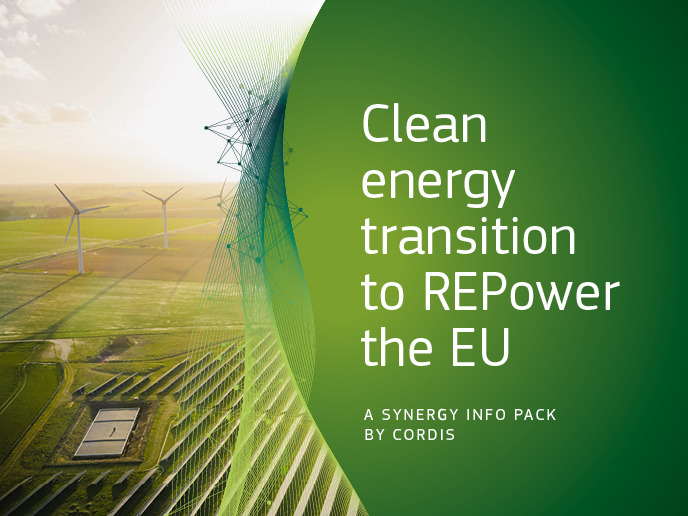Paving the way for Kyoto
Most people agree that there are serious environmental problems that need to be addressed. However, people often disagree as to how to go about solving these problems. A balanced approach is required, incorporating science and sound economics into a coherent policy. It is also necessary to reach a global consensus. For instance, the Kyoto Protocol, set forth in 1997, has not yet been ratified by several nations, including the United States. This will reduce the effectiveness of the initiative in achieving its goal of reducing emissions of greenhouse gases (GHG). A British SME worked together with several European counterparts to examine the link between environmental and economic policy. The research provides insight on market-based mechanisms targeting the reduction of global emissions of GHG. The mechanisms investigated include Joint Implementation (JI), Clean Development Mechanisms (CDMs) and emissions trading. Each type of mechanism incurs associated transaction costs. These costs must be kept to a minimum in order for the measures to be economically viable. It was found that project size is the most important factor contributing to transaction costs for JI and CDMs. The recommendations evolving from this work targeted bundling together projects and streamlining and standardising procedures. With respect to emissions trading, it is strongly suggested that a trial European emissions trading market be implemented as soon as possible. National schemes exist and have functioned effectively, but cross-border trading introduces several new challenges, primarily legal in nature. A trial market will help work out the kinks before the crucial Kyoto period from 2008 to 2012. In addition, transaction costs should decrease as the learning curve diminishes. The trial market will also provide the opportunity to discern differences in risk among the various countries that participate. The British SME and its counterparts seek opportunities to share their findings with governmental organisations as well as academic institutions promoting this type of research.







